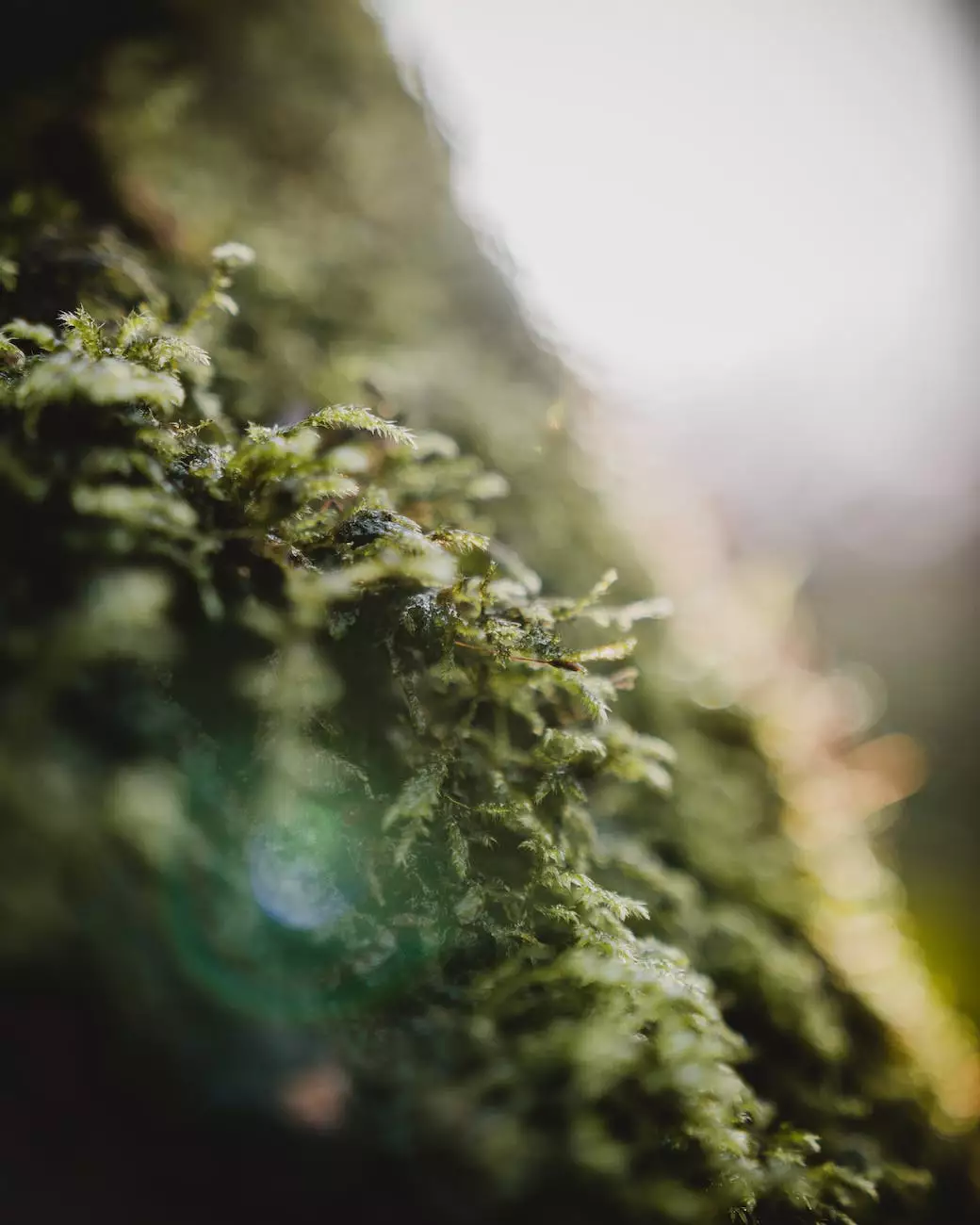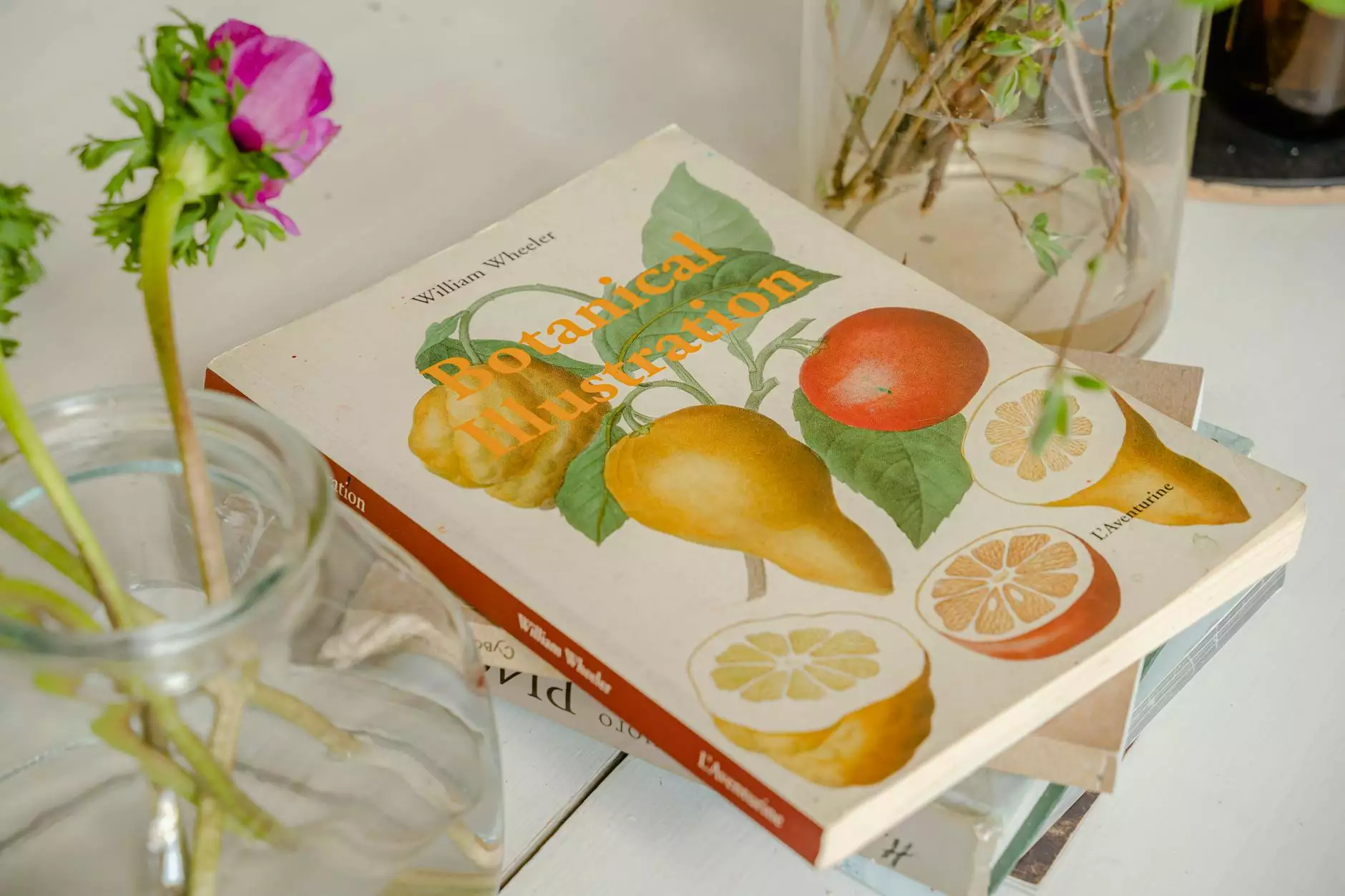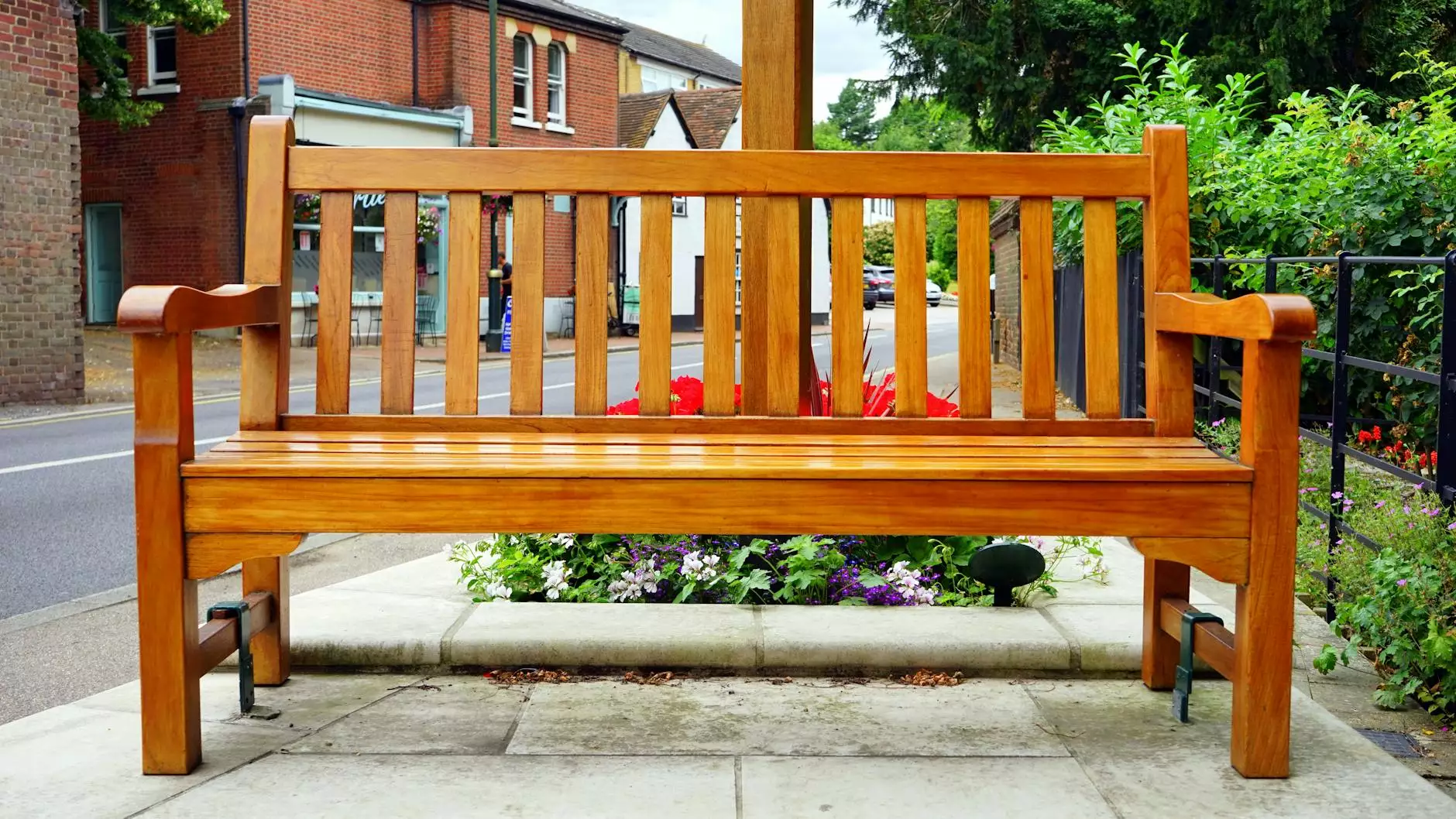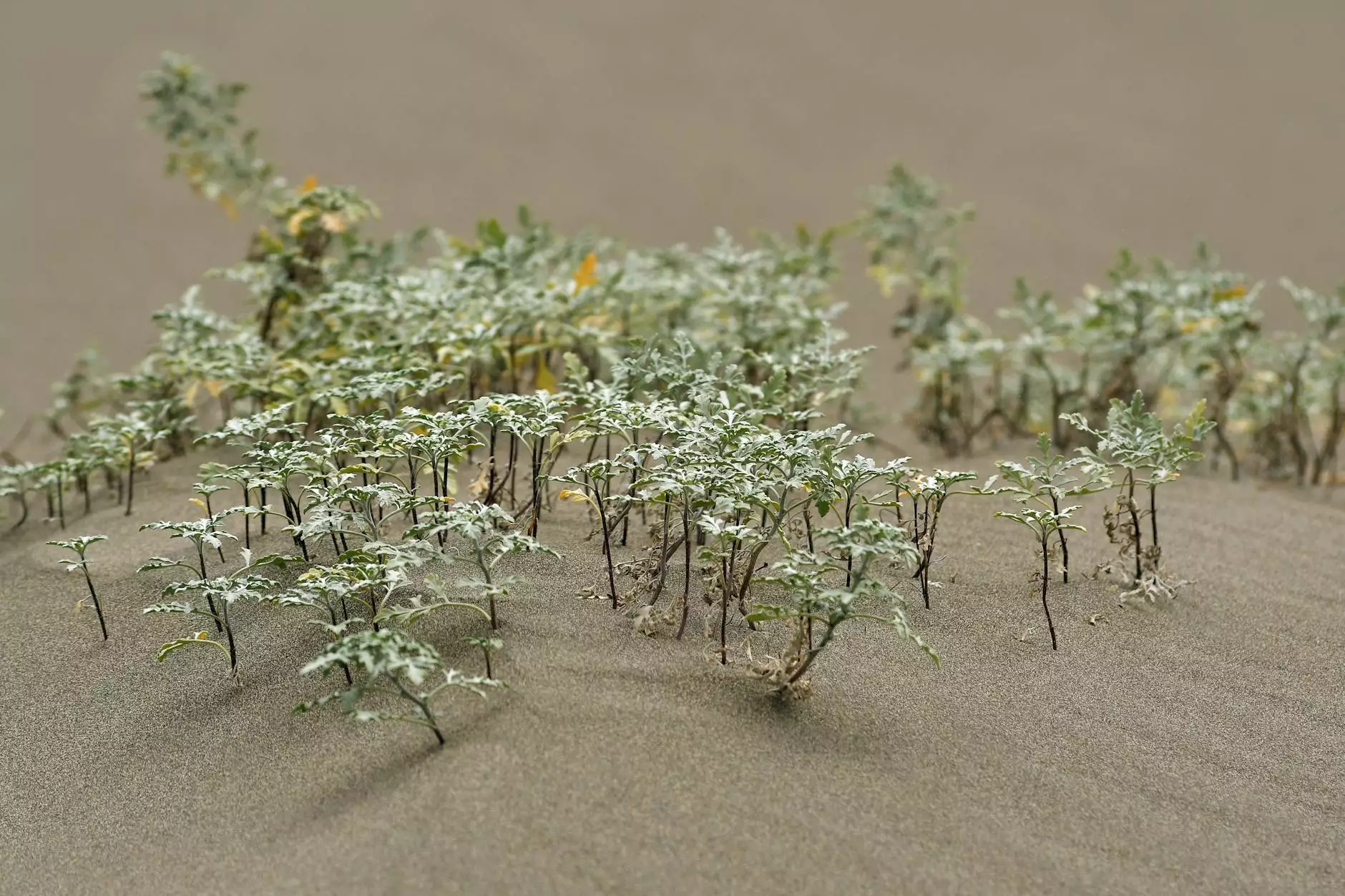HOW TO GET RID OF POWDERY MILDEW ON LEAVES

Welcome to American Pond & Gardens, your go-to source for expert advice on all things related to home and garden - gardening. In this comprehensive guide, we will delve into the topic of powdery mildew on leaves and provide you with effective methods to eliminate this common problem in your garden.
Understanding Powdery Mildew
Powdery mildew is a fungal disease that affects a wide range of plants, leaving a powdery white or gray coating on the leaves, stems, and sometimes even the flowers. It thrives in warm, humid environments with limited air circulation, making it a common occurrence in gardens.
While powdery mildew is unsightly and can stunt the growth of plants if left untreated, it is not usually fatal. However, it is essential to control its spread to maintain the health and vitality of your garden.
Identifying Powdery Mildew
Before we delve into the methods of getting rid of powdery mildew, let's take a closer look at how to identify this fungal disease.
The most apparent sign of powdery mildew is the powdery white or gray coating on the leaves. This coating often starts on the lower leaves and gradually spreads to the upper parts of the plant. In severe cases, it can even cover the entire plant.
Other symptoms of powdery mildew include distorted or stunted growth, yellowing or browning of leaves, premature leaf drop, and reduced overall plant vigor.
Preventing Powdery Mildew
Prevention is key when it comes to managing powdery mildew. By implementing a few simple measures, you can significantly reduce the likelihood of encountering this fungal disease.
1. Provide Adequate Air Circulation
Proper air circulation is crucial in preventing powdery mildew. Avoid overcrowding plants and ensure they are properly spaced to allow air to flow freely between them. Pruning plants can also help improve air circulation.
2. Water Plants Correctly
Avoid overhead watering as it creates a damp environment that favors powdery mildew development. Instead, opt for root-level watering methods such as drip irrigation or soaker hoses.
3. Choose Resistant Plant Varieties
When selecting plants for your garden, opt for varieties that are known to be resistant to powdery mildew. These varieties have natural defenses that help them withstand the fungal infection.
Getting Rid of Powdery Mildew
If powdery mildew has already made its way into your garden, don't worry. Here are some effective methods to eradicate this fungal disease and restore the health of your plants.
1. Neem Oil
Neem oil is a natural and eco-friendly solution for combating powdery mildew. Dilute the neem oil according to package instructions and spray it onto the infected leaves. Make sure to cover both sides of the leaves, as powdery mildew thrives on leaf surfaces.
Repeat the neem oil treatment every 7-14 days to ensure continuous protection against powdery mildew.
2. Baking Soda Solution
A simple homemade remedy for powdery mildew involves mixing one tablespoon of baking soda, one teaspoon of liquid soap, and one gallon of water. Spray this solution onto the affected plants, focusing on the areas with visible powdery mildew.
Repeat the baking soda treatment every 7-10 days until the powdery mildew is completely eliminated.
3. Fungicidal Sprays
If natural remedies don't yield satisfactory results, you can opt for commercially available fungicidal sprays. These sprays contain specific chemicals designed to kill powdery mildew.
Be sure to follow the instructions provided on the product label and take the necessary safety precautions when using chemical-based treatments.
4. Cultural Practices
Along with using treatments, incorporating certain cultural practices can help prevent and control powdery mildew. These practices include:
- Removing and disposing of infected plant parts to prevent the spread of spores.
- Practicing crop rotation to interrupt the disease cycle.
- Applying organic mulch to minimize soil splashing onto the leaves.
- Regularly cleaning garden tools to prevent cross-contamination.
By combining these methods, you can effectively eliminate powdery mildew from your garden and keep it at bay in the future.
Conclusion
In conclusion, powdery mildew on leaves is a common problem faced by gardeners, but it can be managed. With proper prevention strategies and effective treatment methods like neem oil, baking soda solutions, and fungicidal sprays, you can regain control over your garden and enjoy thriving, disease-free plants.
At American Pond & Gardens, we are committed to providing you with valuable resources and expert advice to enhance your gardening experience. For more tips, tricks, and solutions to common gardening problems, explore our extensive selection of home and garden - gardening resources.










